The Luxury of Hotels that Cater to Runners
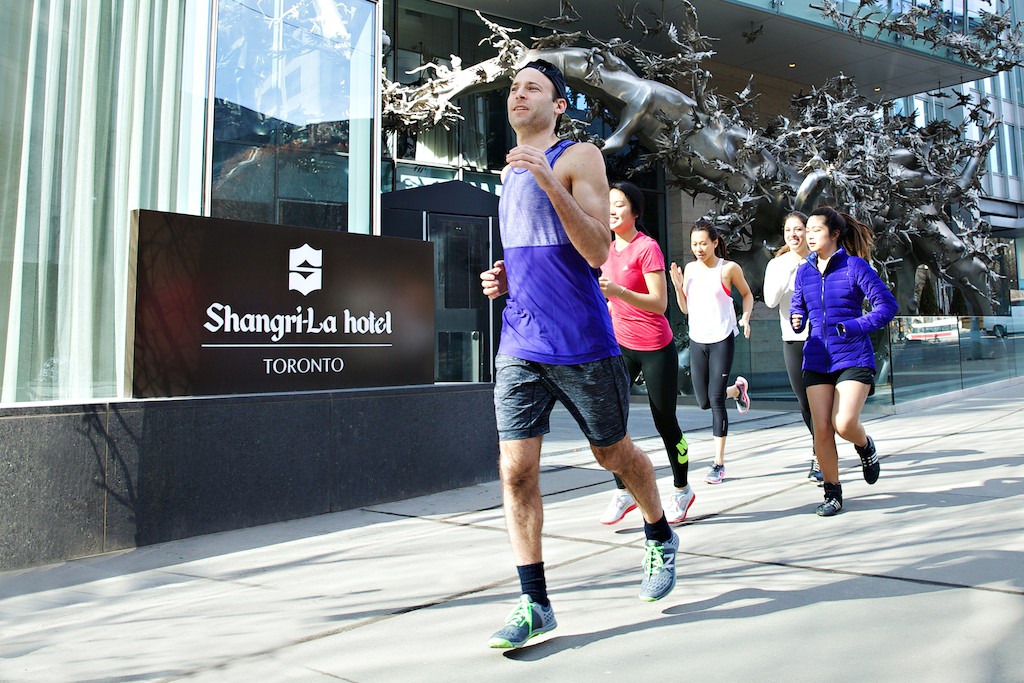
An exciting new incentive that I’ve been lucky enough to take part of has been the idea of luxury hotels getting involved with running. Last month, I helped design maps from the Shangri-La Hotel in Toronto for runners visiting who want to keep up with their running. There are so many of us running now that places like restaurants, hotels, airports, even banks and mortgage firms, are connecting with runners and trying to bend their services to meet runner’s needs.
It was fun making the maps for the hotel. Imagine being a runner visiting a new city: where would I think they’d want to run? I did one route across Queen Street West, with a stop through Trinity Bellwoods Park, and one that goes up University Avenue, not exactly beautiful, but it’s basically impossible, when following it, to get lost. The final course heads down to the waterfront, where I’ve run every weekend for the past five years. When you hit the lake, you can basically run without traffic lights as long as you want. And I know the course is good. After Eric Gillis and Lanni Marchant won the Yonge Street 10K on Sunday, I saw them loosening up before Lake Ontario while I led my clinic, just two weeks away from their marathon. (And let’s take a moment to think about that: could you imagine seeing Kyle Lowery and DeMar DeRozan shooting layups after tomorrow night’s playoff game at your local court?)
What the Shangri-La’s doing follows an exciting trend in the hotel world. Westin Hotels has been leading the charge with not only appointing a full-time “run concierge,” to help guests on their sneakered adventures, but letting guests borrow a pair of New Balance sneakers. I first ran across this in California, at a wedding, when I needed a break from the festivities and had nothing but dress shoes. I got a map and a pair of sneakers and toured the beautiful country, then returned to the wedding refreshed and happy.
Businesses servicing runners is a good thing. So good luck to everybody today in Boston, and a special thank you to the Shangri-La and to Westin and to everyone else making the world a little bit better for runners. When people focus on their health, institutions have no choice but to follow, and that makes it just a little bit easier for more people to get involved in their own health and wellness. If you know of any other companies or businesses that are adapting to runners, drop me a line at ben@irun.ca.
I’d like to take a moment to publicly acknowledge the work they’ve done.










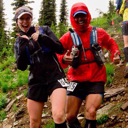



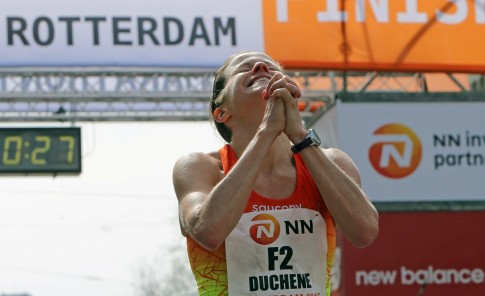

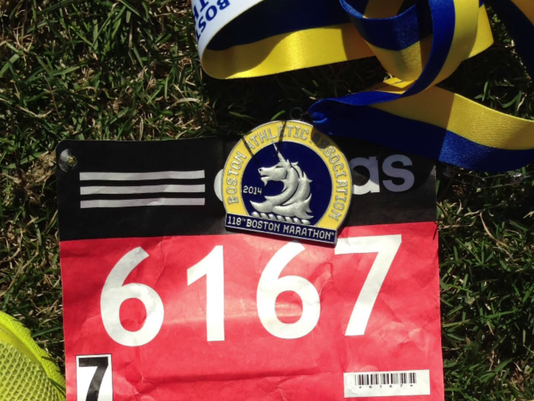



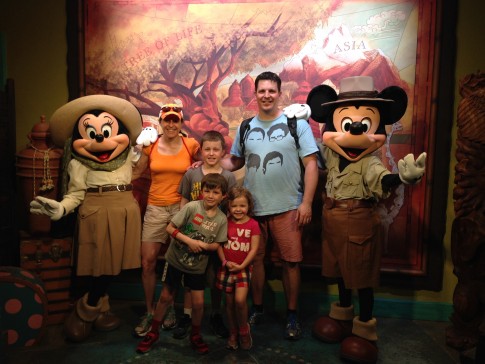
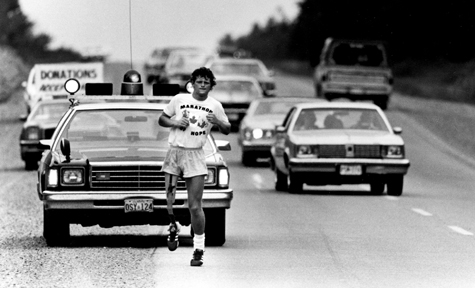

 Our Magazine
Our Magazine
